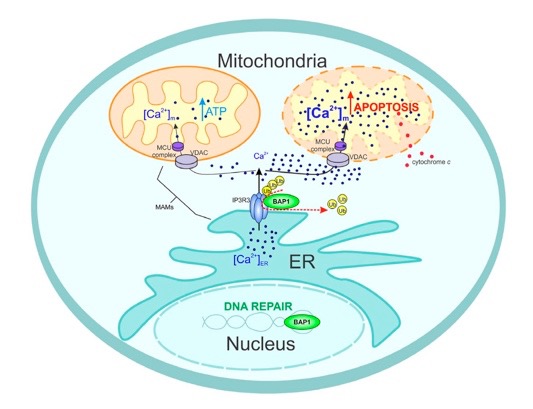
Significance
Mesothelioma affects mostly older individuals who have been occupationally exposed to asbestos. The global incidence and mortality rates are unknown, because data are not available from developing countries that continue to use large amounts of asbestos. The rate of mesothelioma has decreased in Australia, the United States, and Western Europe, where the use of asbestos was banned or strictly regulated in the 1970s and 1980s, demonstrating the value of these preventive measures. However, in these same countries, the overall number of deaths from mesothelioma has not decreased as the size of the population and the percentage of old people have increased. Moreover, hotspots of mesothelioma may occur when carcinogenic fibers that are present in the environment are disturbed as rural areas are being developed. Novel immunohistochemical and molecular markers have improved the accuracy of diagnosis; however, about 14% (high-resource countries) to 50% (developing countries) of mesothelioma diagnoses are incorrect, resulting in inadequate treatment and complicating epidemiological studies. The discovery that germline BRCA1-associated protein 1 (BAP1) mutations cause mesothelioma and other cancers (BAP1 cancer syndrome) elucidated some of the key pathogenic mechanisms, and treatments targeting these molecular mechanisms and/or modulating the immune response are being tested. The role of surgery in pleural mesothelioma is controversial as it is difficult to predict who will benefit from aggressive management, even when local therapties are added to existing or novel systemic treatments. Treatment outcomes are improving, however, for peritoneal mesothelioma. Multidisciplinary international collaboration will be necessary to improve prevention, early detection, and treatment.
Michele Carbone MD, PhD, Prasad S. Adusumilli MD, H. Richard Alexander Jr MD, Paul Baas MD, PhD, Fabrizio Bardelli PhD, Angela Bononi PhD, Raphael Bueno MD, Emanuela Felley‐Bosco PhD, Francoise Galateau‐Salle MD, David Jablons MD, Aaron S. Mansfield MD, Michael Minaai BS, Marc de Perrot MD, Patricia Pesavento DVM, PhD, Valerie Rusch MD, David T. Severson PhD, Emanuela Taioli MD, PhD, Anne Tsao MD, Gavitt Woodard MD, Haining Yang MD, PhD, Marjorie G. Zauderer MD, Harvey I. Pass MD
Ca: A Cancer Journal for Clinicians
July 8, 2019 | doi: https://doi.org/10.3322/caac.21572

